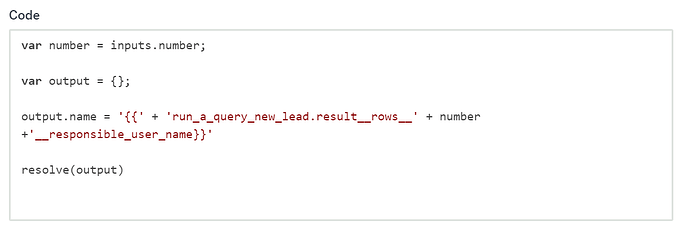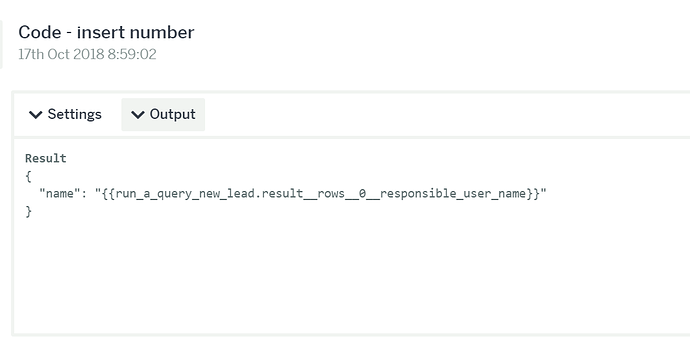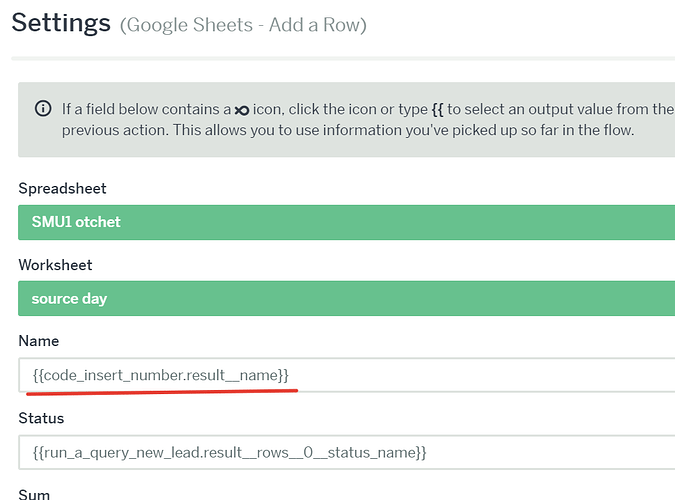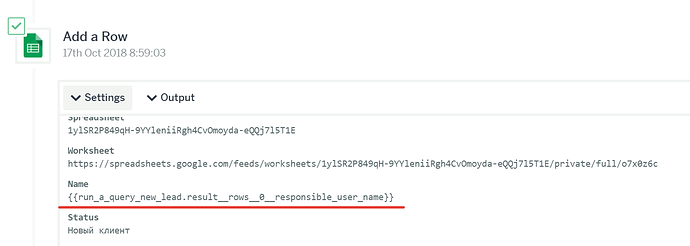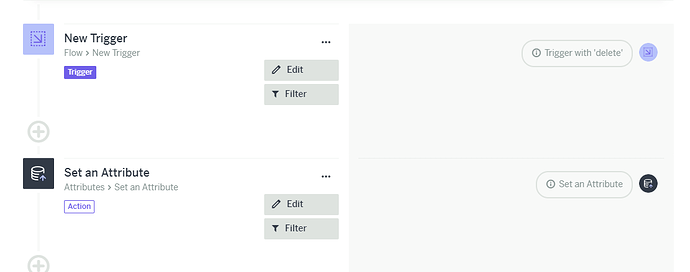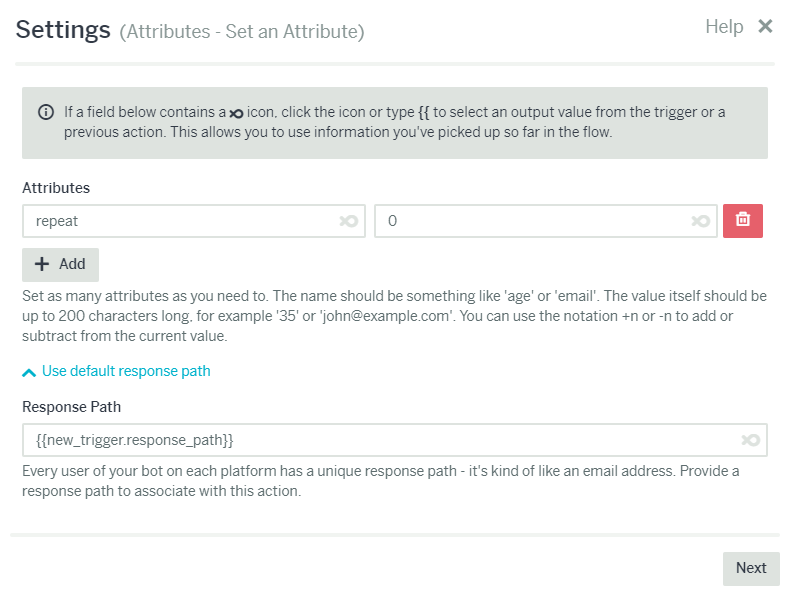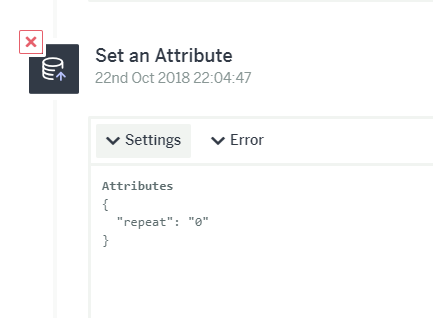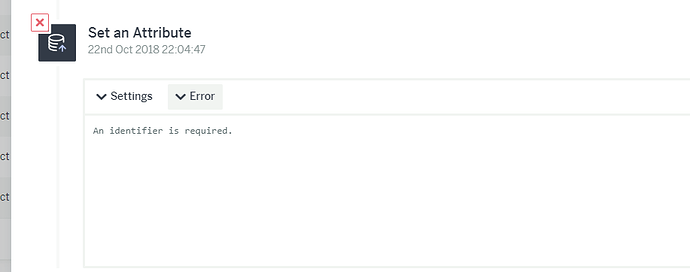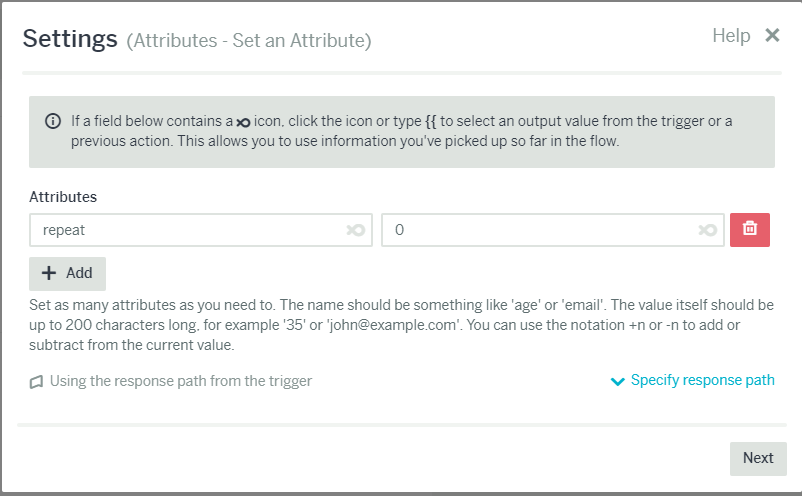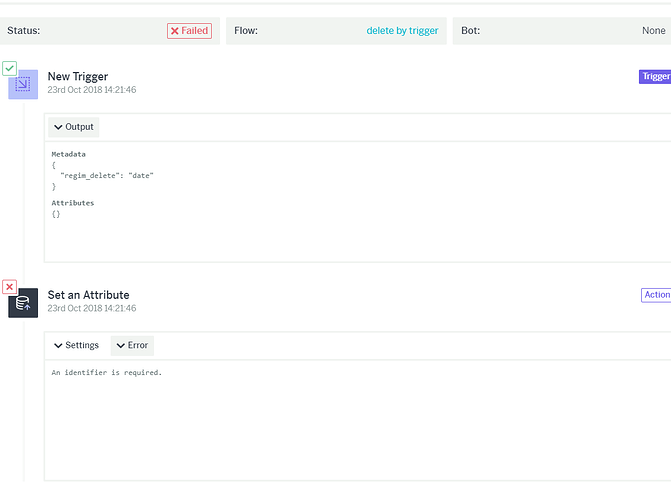Hi guys.
Please help me with that problem.
I’ve made a sql query. Later I can use the result of it like this: {{run_a_query_new_lead.result__rows__0__status_name}}
But if I have several lines in answer and I want to use all of them?
I tried to use attributes in a small cycle: {{run_a_query_new_lead.result__rows__{{get_an_attribute.value}}__status_name}}
But this is not works. Is there any solution for me problem?

